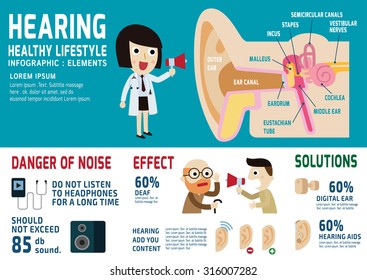Secret Methods For Dealing With Acoustic Processing Issues In Dyslexia Can Change Learning Experiences-- Find What Techniques Can Really Promote Success And Confidence
Secret Methods For Dealing With Acoustic Processing Issues In Dyslexia Can Change Learning Experiences-- Find What Techniques Can Really Promote Success And Confidence
Blog Article
Created By-Vilhelmsen Stryhn
When you take into consideration the challenges that dyslexic students face, it's clear that acoustic handling concerns commonly play a considerable function. You could question exactly how customized techniques can bridge the gap between auditory instructions and comprehension. By incorporating aesthetic aids and breaking jobs into workable steps, you can boost focus and understanding. Nonetheless, the options do not quit there. What Visit Home Page can create a genuinely encouraging understanding atmosphere that fosters success and self-confidence?
Understanding Dyslexia and Auditory Processing
Dyslexia impacts about 1 in 5 people, making it among the most typical learning disabilities. If you're browsing dyslexia, you may find that it doesn't simply influence analysis and writing; it can likewise influence how you process acoustic info.
Auditory processing refers to just how your brain translates noises, including language. When you have problem with this, it can result in obstacles in recognizing talked guidelines and adhering to discussions.
You may observe that you typically misunderstand what you listen to or that it takes longer for you to react in conversations. This isn't a representation of your knowledge; it's a specific problem pertaining to processing auditory signals.
Understanding this link is critical due to the fact that it helps clear up why you may excel in visual tasks while encountering difficulties in tasks that rely on auditory understanding.
Acknowledging these obstacles can empower you. By understanding the complexities of dyslexia and auditory processing, you can better promote for your needs, whether in educational settings or social circumstances.
It's necessary to recognize these issues so you can seek the appropriate assistance and approaches in the future.
Effective Approaches for Assistance
Navigating the challenges of acoustic handling can really feel overwhelming, yet there work approaches that can assist you prosper.
By implementing these strategies, you can enhance your understanding experience and enhance your capacity to procedure acoustic information.
- ** Utilize visual help **: Matching acoustic instructions with aesthetic assistances, like charts or representations, can considerably improve comprehension.
- ** Damage tasks right into smaller sized actions **: Simplifying guidelines into manageable pieces permits you to focus and refine info more effectively.
- ** Practice active paying attention **: Engage in workouts that encourage you to listen attentively, such as summarizing what you've listened to or asking concerns for clarification.
- ** Include technology **: Make use of applications or software application made to assist with acoustic processing, such as speech-to-text tools or audiobooks, to reinforce knowing.
Creating Supportive Discovering Settings
Developing a supportive discovering atmosphere is vital for helping individuals with acoustic processing challenges are successful. Start by decreasing disturbances in your classroom or finding out space. Usage acoustic panels or soft furnishings to soak up sound, which can aid students focus much better. Ensure seating setups permit clear sightlines to the teacher and any kind of aesthetic help.
Next off, include clear and succinct interaction. Talk gradually and make special needs centers of basic language, checking for recognizing often. Encourage trainees to ask concerns if they're uncertain. Aesthetic aids like charts, diagrams, and created directions can enhance understanding and retention.
Furthermore, promote a culture of persistence and understanding amongst peers. Instruct students about auditory processing problems, advertising empathy and assistance. Group tasks can be advantageous; just guarantee that functions are clear which pupils work together to support each other.
Ultimately, give routine feedback. Celebrate progress and success, no matter just how small. This inspiration builds self-confidence and strengthens the concept that learning is a trip.
Conclusion
In your journey to boost finding out for people with dyslexia, think about each strategy as a tipping stone across a river. By weaving together acoustic and visual help, damaging jobs into bite-sized items, and nurturing a helpful setting, you help create a bridge to understanding. Keep in mind, fostering compassion among peers and appealing family members can light the path to success. With patience and devotion, you'll empower students to soar above difficulties, changing their struggles into strengths.
